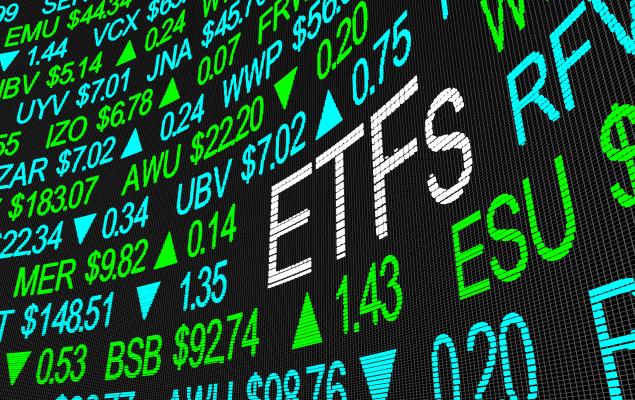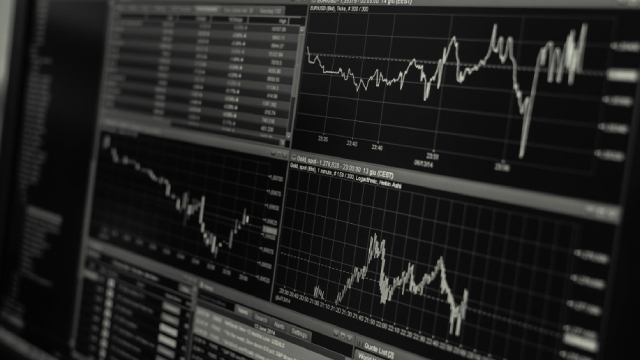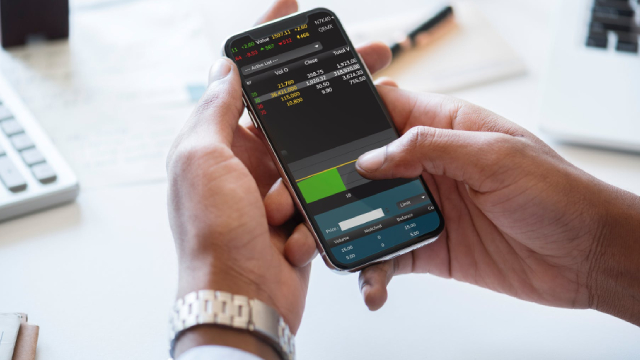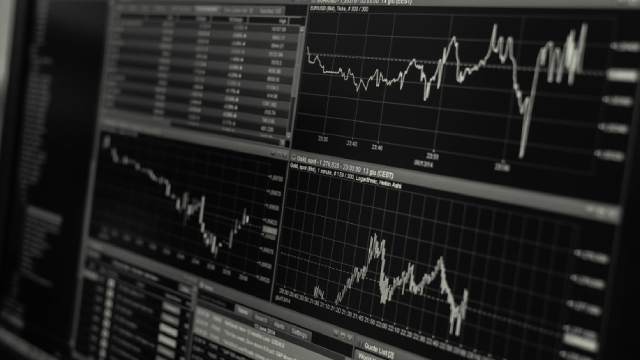VTV Stock Recent News
VTV LATEST HEADLINES
Value stocks can make for solid long-term investments. They're stocks with good fundamentals and whose valuations are relatively low.
Given heightened economic uncertainty, I am leaning more defensive and sticking with my dividend growth investing strategy, emphasizing diversification and income stability. The frozen housing market, soft labor conditions, and stagnating consumer spending signal potential economic weakness, despite optimism in select sectors like tech. My ETF portfolio review shows shifting leadership, with midstream energy outperforming previously, but preferreds and tech-focused ETFs now leading as trends evolve.
Goldman Sachs warns of rising AI bubble risks, making diversification with equal-weight, value and quality ETFs a smart defensive move.
As the September effect looms over Wall Street, investors should eye defensive ETFs like consumer staples, gold and dividends to cushion volatility.
Is it possible to turn your portfolio into a reliable passive income machine? Absolutely, it is possible and you can achieve this goal with five carefully chosen exchange traded funds (ETFs).
Vanguard S&P 500 ETF (VOO -0.64%) has an average price-to-earnings ratio of 27.6 and a price that is near all-time highs. This market tracking index exchange traded fund (ETF) highlights the risk in the market today as valuations get stretched by enthusiastic investors.
The S&P 500 (^GSPC 0.78%) has historically been a fantastic way to compound wealth -- generating annualized total returns of 9% to 10%. The proliferation of low-cost index funds and exchange-traded funds (ETFs) has made it easier than ever to invest in the S&P 500 without racking up high fees.
U.S. GDP grew 3% in Q2 2025, beating forecasts and easing recession fears as investors eye VTV, XLU, DVY, DFUV and SPYD.
Designed to provide broad exposure to the Large Cap Value segment of the US equity market, the Vanguard Value ETF (VTV) is a passively managed exchange traded fund launched on 01/26/2004.
VTV offers low-cost, diversified exposure to U.S. large-cap value stocks, excelling in downside risk management and consistent, middle-of-the-road performance. With a 0.04% expense ratio, high liquidity, and nearly 200 billion in assets, VTV may be ideal for conservative investors seeking moderate income and stability. VTV has avoided poor quartile performance and large drawdowns, but its ten-year returns have lagged peers due to lower growth rates caused by underweighting tech and mega-caps.









